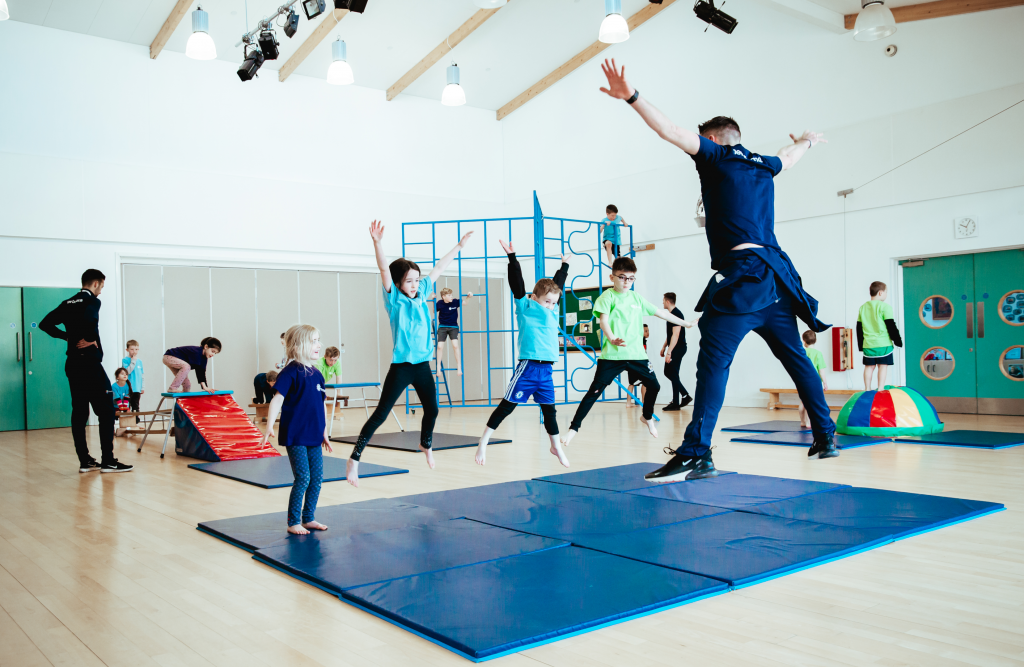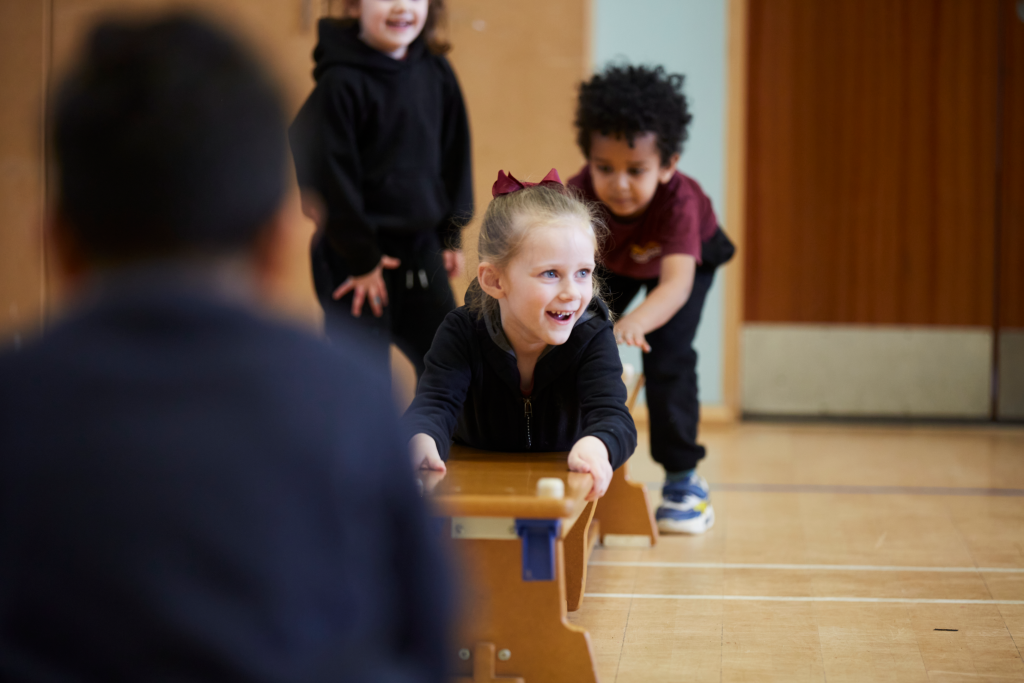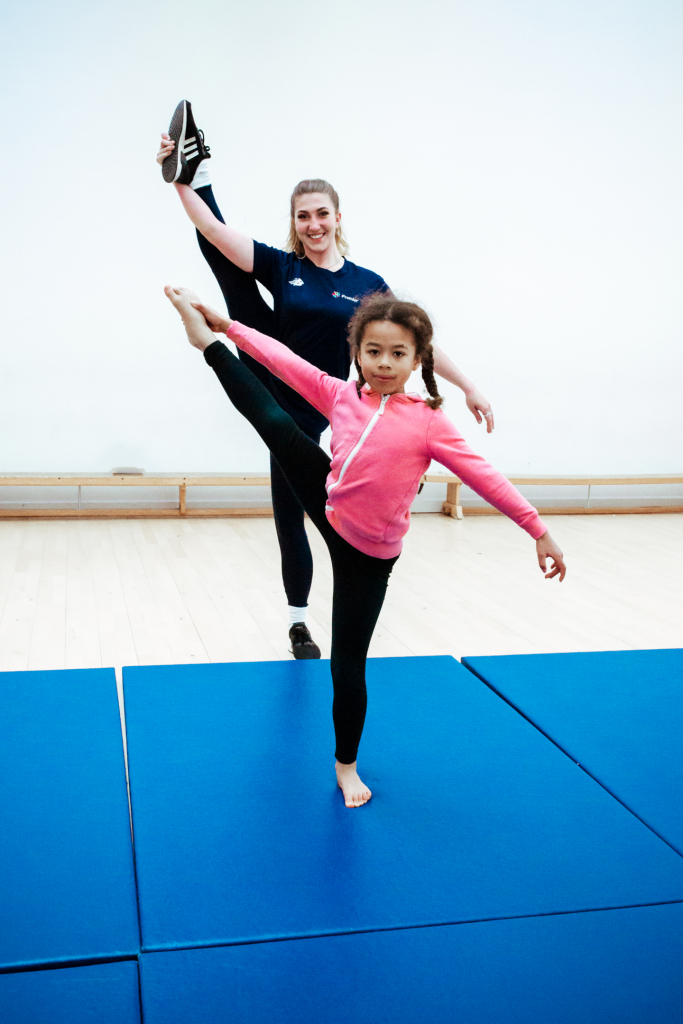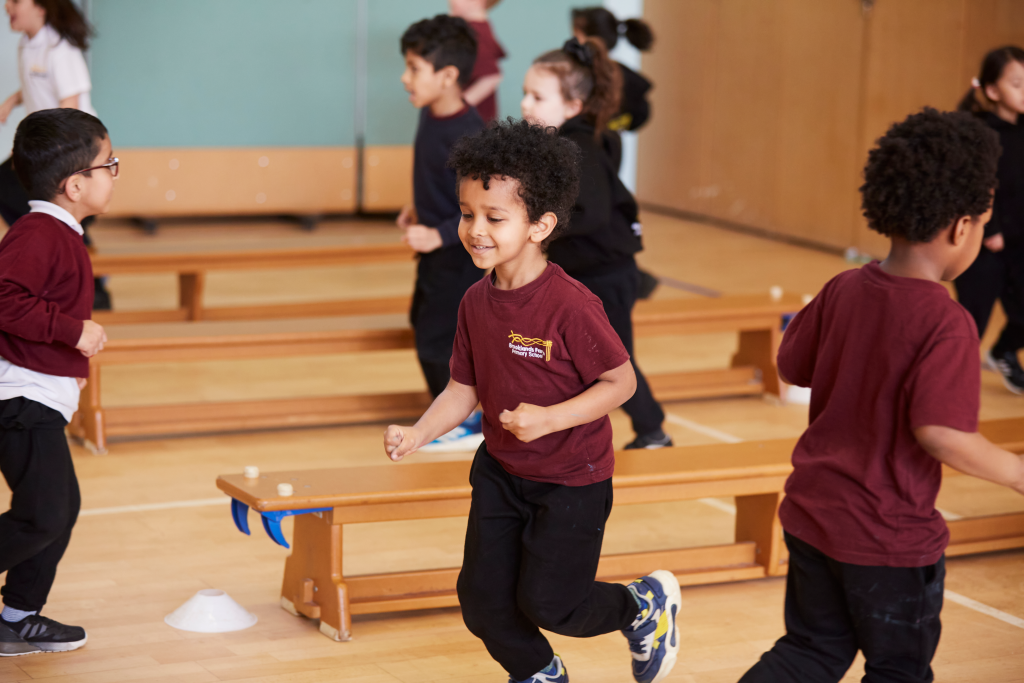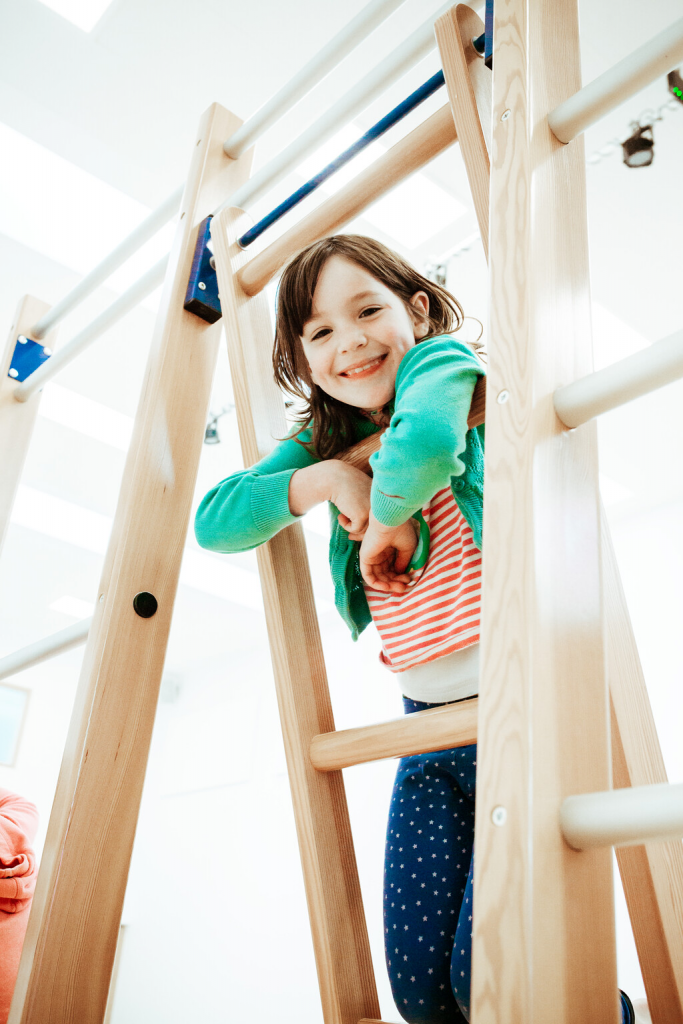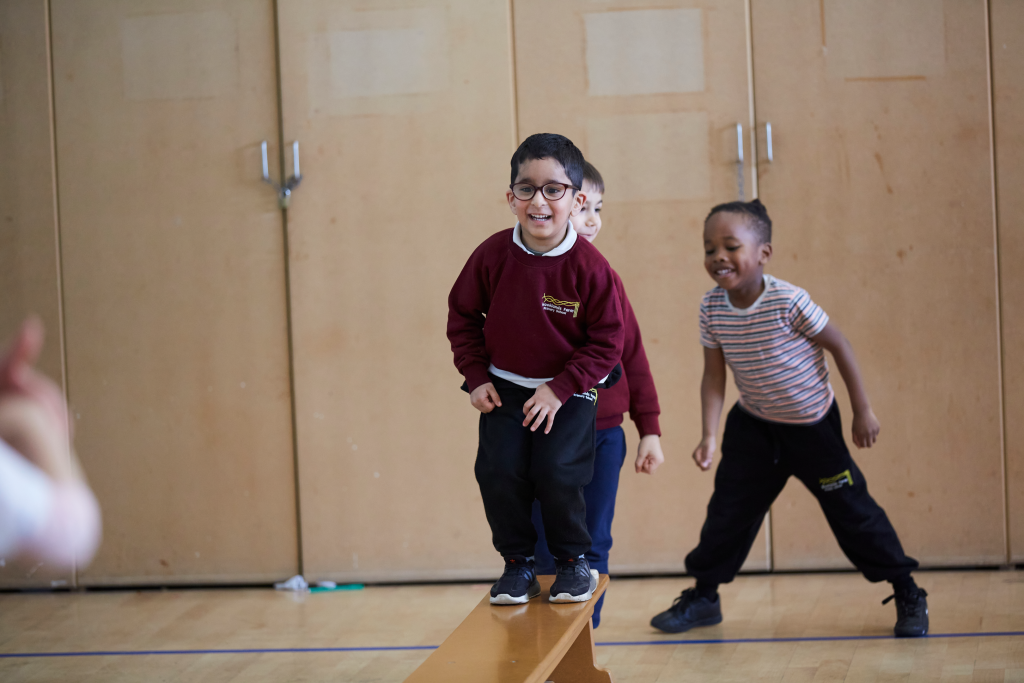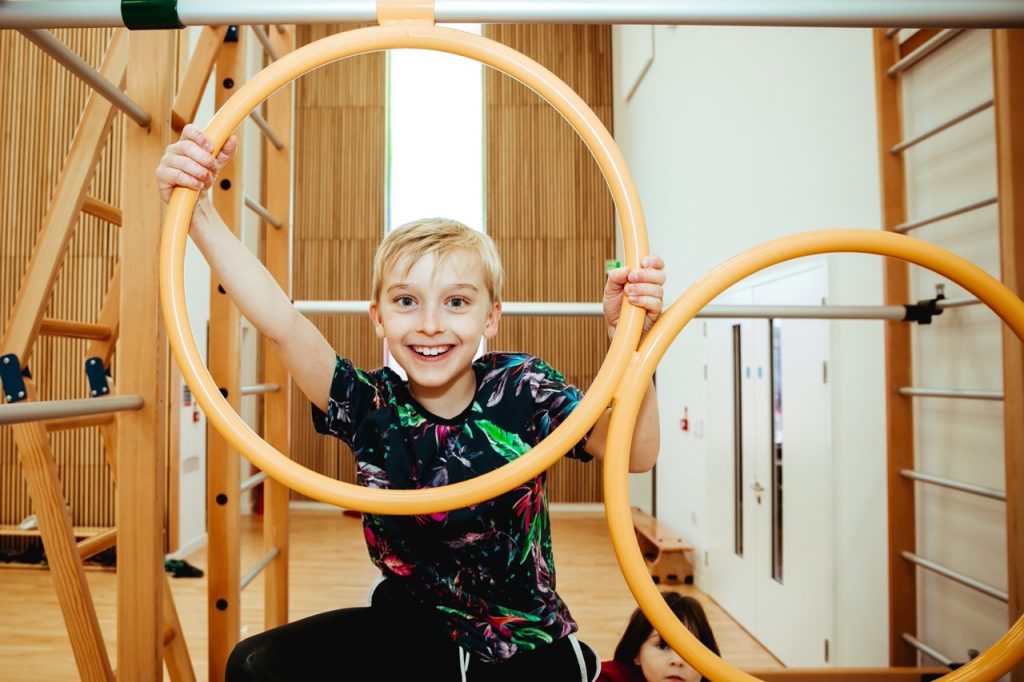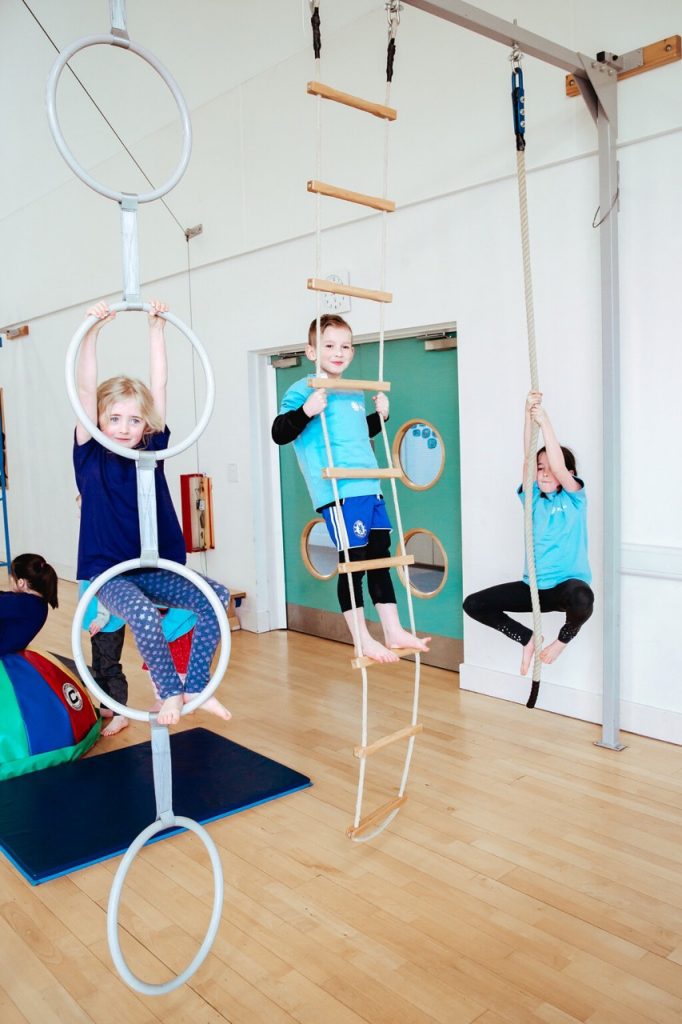5 children’s gymnastics activities for your PE lessons
It’s probably been a while since you’ve participated in a gymnastics lesson. And even longer since you were taught gymnastics as a child. We know this makes teaching gymnastics rather daunting, especially when there is so much involved in teaching and engaging pupils.
Not only do PE teachers need to know enough activities that will cover a variety of key skills for gymnastics, but they need to keep their class’s focus on the activity at hand to ensure they learn the correct technique.
In this blog, we’ve included 5 activities to give you a starting point for your gymnastics lessons. Each of these activities focuses on different teaching points and skills needed to fulfil the national curriculum.
Activity 1 – Guess Who
Activity 2 – Tunnel Pass
Activity 3 – Balance Stones
Activity 4 – Ladder Spring
Activity 5 – Row, Row, Row Your Boat
Teaching gymnastics in primary school
How you teach your gymnastics lessons will largely depend upon the age, group size and level of experience of your class. Of course, the resources you have available will also impact what activities you can do with your class.
For early primary classes, you’ll often find that the best gymnastics lesson plans have a range of simple warm ups as well as activities that focus on basic gymnastics skills, body confidence and familiarity with gymnastics equipment. Then, in later primary, activities are focused on furthering those skills to create sequences.
If you’re looking for a lesson plan that is tailored to your year group and experience level, here at Premier Education, we can provide a full suite of lesson plans and resources that make teaching PE (no matter the sport) achievable for every teacher.
Fun activities for your gymnastics lessons
As part of our Rise Gymnastics partnership with British Gymnastics, we have put together a compilation of gymnastics activities that will give you a few ideas for varied activities to engage the pupils in your class.
Activity 1 – Guess Who
Guess Who is an activity where kids perform a sequence of high and low animal movements for the rest of the group to guess who they are. It’s a great group activity to use as a warm-up or cool-down. Building upon the locomotion skill, this activity encourages students to move from one place to another.
Equipment
- Floor space
- Music
Instructions
- Gymnasts work in pairs with each gymnast choosing three animals that travel at different heights to create a sequence of movement like their chosen animals.
- The gymnasts take turns to show each other and guess the animals based on the sequence of movements.
Top tip
Encourage your pupils to think about the speed and rhythm of their sequence as well as their body movements. Playing music can really help to aid this as well as keep kids engaged in the class.
Activity 2 – Tunnel Pass
Tunnel Pass requires your students to work as a team to roll the ball through the front support tunnel. It’s a great group activity to use as a cool-down at the end of your class. Building upon the balance skill, this activity encourages students to develop and control their balance as they remain static, and as they move.
Equipment
- Floor space
- Balls
Instructions
- The class works in groups, starting in front support in a line next to each other.
- A ball is rolled from one end of the tunnel to the other.
- Each student collects the ball in their left hand and rolls it to the next gymnast with their right hand.
- When the ball reaches the end of the tunnel it is rolled back under the tunnel from left to right.
Top tip
Ensure the gymnasts maintain good posture and body tension as they rotate to receive and pass the ball.
Activity 3 – Balance Stones
As the name suggests, Balance Stones builds upon the balance skill. However, this activity focuses on building control and balance as the students move around the room. This group activity works well as a cool-down or as a side station with your class split into multiple groups.
Equipment
- Floor space
- Coloured spots or hoops
- Beanbags
Instructions
- Place the hoops or spots into a grid pattern on the floor and place a beanbag next to them on the floor.
- One by one, students start by balancing a beanbag on their head and then step along a pathway of coloured spots or hoops.
- As the gymnast arrives at each new spot, they crouch down to pick up the additional beanbag, place it on one knee in a one-foot balance, hold the position still for three seconds, and then crouch down to place it back on the floor.
- If a student is struggling, they can remove the beanbag from their head and start by only balancing the beanbags on each spot.
Top tip
Encourage the gymnast to use both their right and their left leg to balance.
Activity 4 – Ladder Spring
While this activity requires more equipment than the others, it’s sure to become a class favourite. Students spring along the ladder with quick feet, almost like hurdles. This activity develops the spring skill and helps kids prepare for backhand springs, balance beams and more.
Equipment
- Floor space
- A floor ladder, or small foam blocks.
Instructions
- Lay out the floor ladder or foam blocks so they create a ladder on the floor.
- Students start at one end of the floor ladder and use both feet to jump over each of the rungs to land in the floor space before the next rung.
- As they land on the floor, the gymnast immediately rebounds and jumps over the next rung. They repeat this until they have reached the other end of the floor ladder.
Top tip
Show students how to push through their ankles and use an arm swing for balance. Additionally, they should bend their knees when they land.
Activity 5 – Row Row Row Your Boat
Row Row Row Your Boat is a partner activity that helps to develop the rotation skill. In this activity, the class will row away from and towards their partner in different directions, passing the “oars” between them. The rotation skill includes developing body management to move around your own axis through space. This could include movements such as twisting, turning, rolling and spinning.
Equipment
- Floor space
- Variety of small apparatus, such as hoops, ropes, balls and ribbons.
Instructions
- Encourage your students to pair up and then sit straddle facing each other with a gap between their feet.
- The first student, gymnast 1, holds a piece of small apparatus such as a hoop in their hands. This will act as the rowboat oar.
- They then rock backwards and forwards in straddle holding the small apparatus.
- As gymnast 1 returns to straddle, they reach forward and pass the small apparatus to gymnast 2.
- Gymnast 2 then rocks backwards and forwards holding the small apparatus.
- The gymnasts move to sit side by side in straddle.
- Gymnast 1 rocks sideways away from and towards gymnast 2, holding the small apparatus.
- As they rock towards gymnast 2, they pass the small apparatus to gymnast 2, who then rocks sideways away from and towards gymnast 1.
- As they repeat this activity, discuss the different axes that the rocking action can be performed in:
- Longitudinal axis – From top to bottom, in a log roll.
- Frontal axis – From side to side, in a forward or backward roll.
- Sagittal axis – From front to back, in a cartwheel.
Top tip
Ensure this activity is done with space around the gymnasts that is free from hazards.
Need more inspiration for your lesson plans?
As we know, gymnastics has a number of benefits for kids including building confidence and healthy mental & physical development.
For full lesson plans that help you to teach gymnastics lessons that are varied and fulfil national curriculum requirements, ask us about our online portal.
Or, if you’d like for our expert coaches to come in and deliver PE lessons that keep your class engaged and excited for the next class, find out more about our curricular offering.
Children’s gymnastics FAQs
What is the youngest age you can start gymnastics?
While kids can start training as a gymnast from 2 years old, up to the age of 5 is the ideal time for children to start learning gymnastics. During this time, children develop critical movement skills. One of the benefits of starting gymnastics from an early age is that children haven’t developed their fear of falling and can develop their skills without this inhibition.
Are there 9 basic gymnastics skills?
There are 9 basic gymnastics skills that are crucial for any gymnast to learn at an early stage. These include:
- Flexibility
- Core strength
- Balance
- Upper body strength
- Lower-body strength
- Power
- Mental focus
- Discipline
- Dedication.
What is a simple skill in gymnastics?
A great place to get started with gymnastics is with basic skills such as forward rolls, handstands, and cartwheels. These are often taught in the first few classes so that harder movements can build off these skills.


